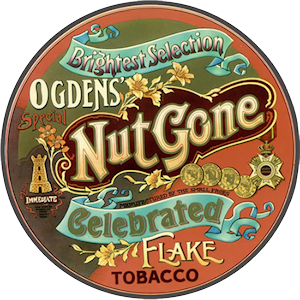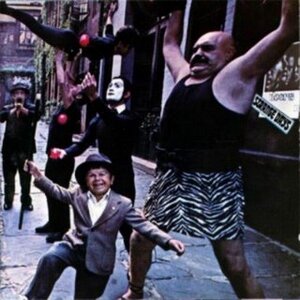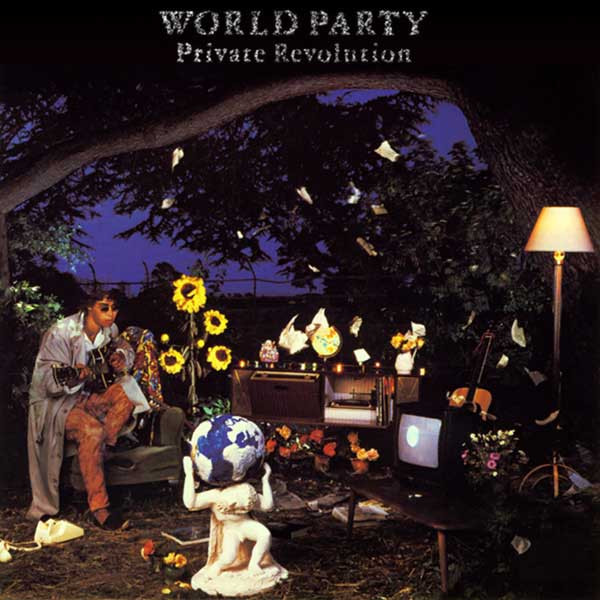Their not-really-a-concept-album Ogdens’ Nut Gone Flake usually shows up on lists of classic albums nobody knows but everyone should hear, even without its original unique packaging based on a tobacco tin. Taking its cue from the previous year’s hit single “Itchycoo Park”, it combines Hammond-heavy swirly music with acoustic strums and music-hall silliness—and that’s just side one. The instrumental title track is something of an overture, always on the verge of becoming something bigger; they even put strings on it. Despite its loungey send-up beginning, “Afterglow Of Your Love” soon turns into a powerful Marriott belter. There’s a quick segue to “Long Agos And Worlds Apart”, sung by Mac, which has the same clap-along rhythm as the pub singalong “Rene” (rhymes with beanie) and its extended jam ending. “Song For A Baker” is a groovy rocker sung by Ronnie, before Steve comes back on the exceptionally catchy “Lazy Sunday”, delivered in a thicker Cockney accent than that of “Rene” and would one day be worn of its welcome by Phil Collins. (We’ll credit Glyn Johns for why the album sounds so good, from the flanging effects to the well-placed vocal interjections, very similar to what he’d already done for Traffic.)
Side two is where things get really wacky, with all of the songs strung together by a gobbledygook fairy tale about “Happiness Stan” looking for the moon. The narrator will remind newcomers of Michael Palin, and the side does sound like a parody, except that this was the source. The story itself is just that, hiding no real mysteries or message, except that Stan finds himself “Rollin’ Over” to greet “The Hungry Intruder”, a fly who grows giant enough to take him on “The Journey” to the cave home of “Mad John”, who tells Stan that life is as simple as “Happydaystoytown”. Of course. The songs would likely stand on their own without the narration, but it’s a gimmick that works.
Aside of the novelty of the presentation, two things stand out from Ogdens’ Nut Gone Flake. First is Ian McLagan’s mastery of the electric piano, a touch rivaled only by Nicky Hopkins. Then there’s Kenney Jones’ drumming. How could a guy this inventive and tight go on to become the Who’s metronome? (Because of the differences in mixes unique to different countries, several reissues of the album have offered mono and stereo versions, along with outtakes, but as long as the 12-song sequence is intact, anything else is gravy.)
Small Faces Ogdens’ Nut Gone Flake (1968)—3









